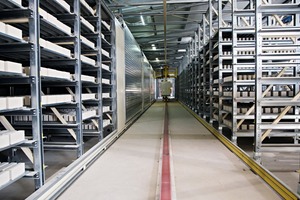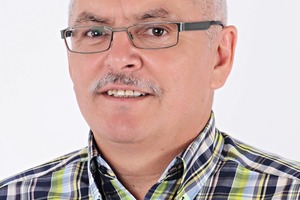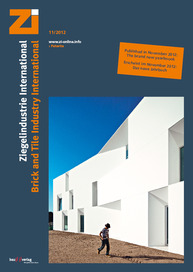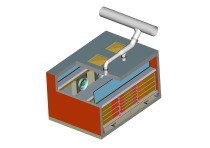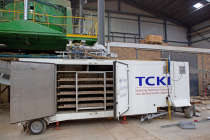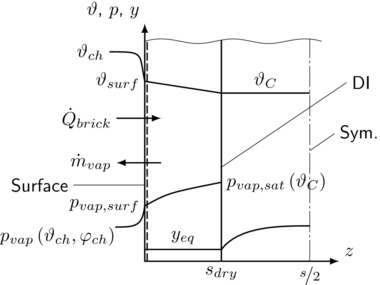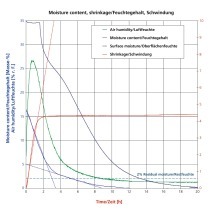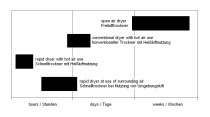Drying technologies
Special attention is given to experience of the interaction between air temperature, relative air humidity and especially air velocity during the different drying phases. To conclude, with reference to examples, selected new dryer developments are presented with their excellent results from operation in the field.
Franz Scharnagl, Maschinen- und Stahlbau Julius Lippert GmbH & Co. KG
